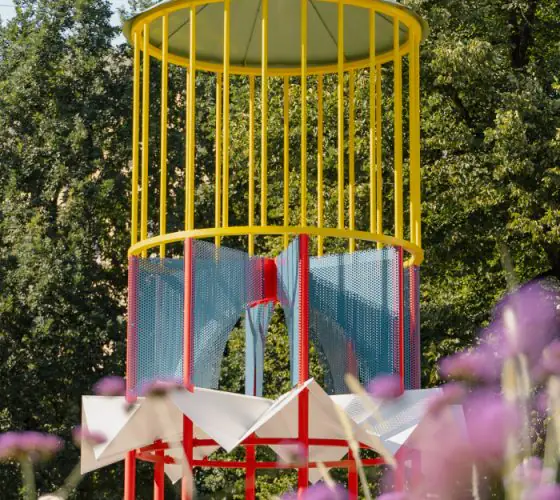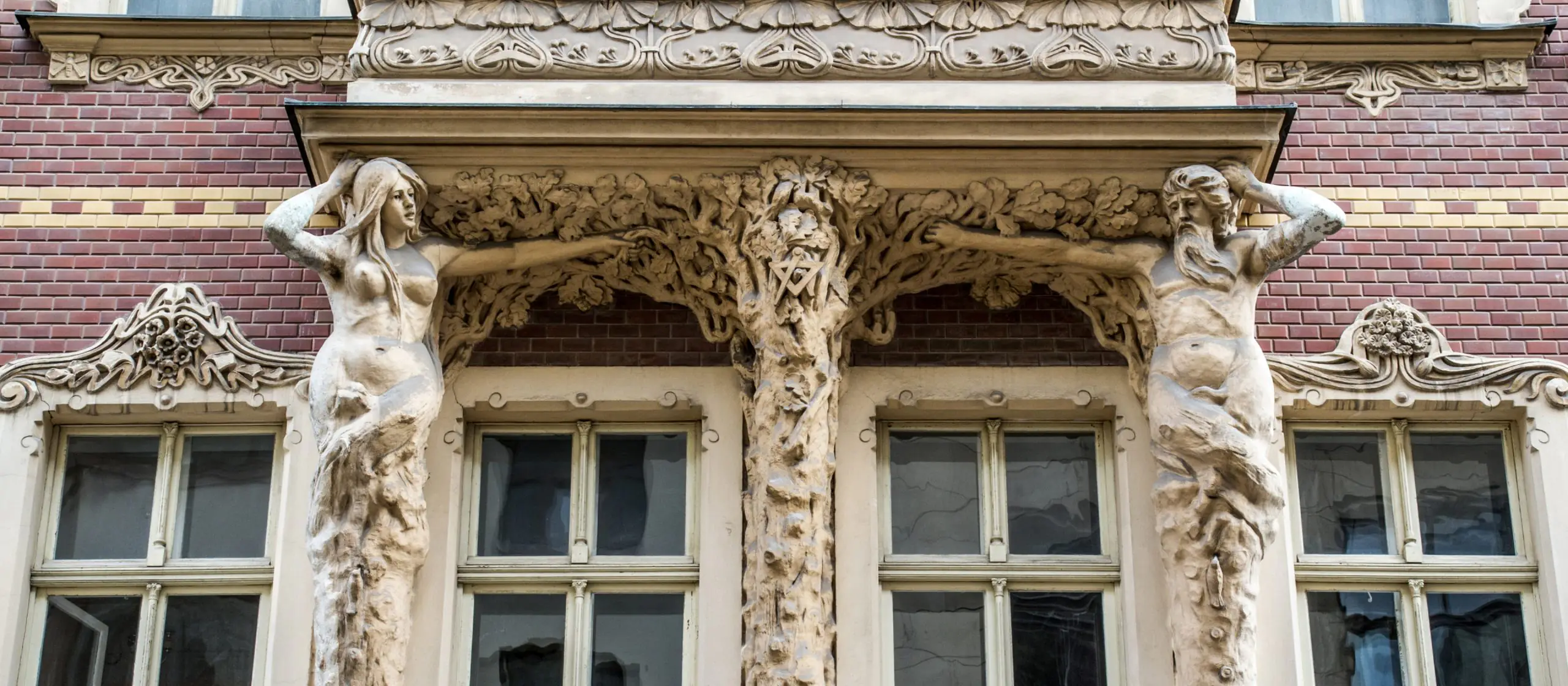
flickr.com / Willi Thiel
Architectural heritage is one of the key categories of cultural heritage, encompassing a collection of buildings, structures, and urban ensembles that hold historical, cultural, or architectural value.
Historical Development
Since ancient times, significant structures—temples, tombs, and monuments—were valued as symbols of power and spirituality. Later, the Romans preserved Greek architectural masterpieces, while in medieval Europe, many Roman structures survived, often out of practical rather than cultural considerations.
The idea of preserving architectural heritage dates back to antiquity, but it only gained systematic recognition in the 19th and 20th centuries. During the Renaissance, growing interest in antiquity led to the first attempts at documenting and cataloging historical structures. Scholars of that era contributed to understanding classical and historical architecture.
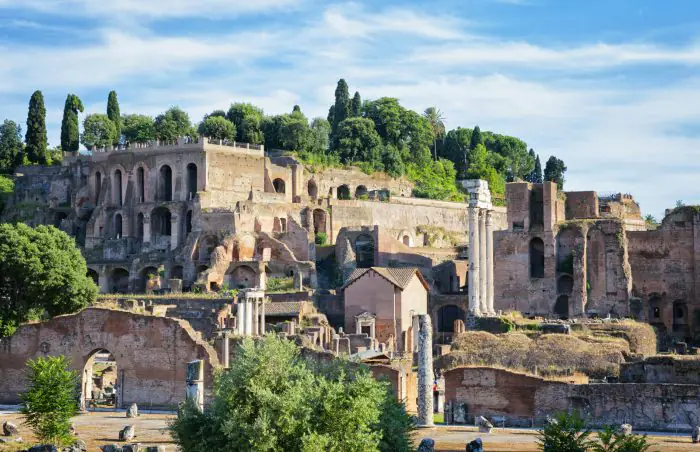
gettyimages.com
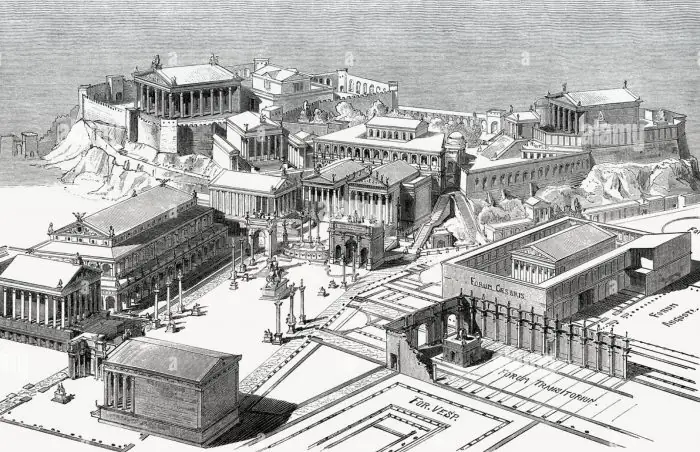
alamy.com
In the 19th century, the rise of romanticism fueled a movement for heritage conservation, leading to the creation of the first organizations dedicated to monument protection. After the devastating wars of the 20th century, the global importance of safeguarding architectural heritage became clear. In 1972, UNESCO established international standards for its preservation.
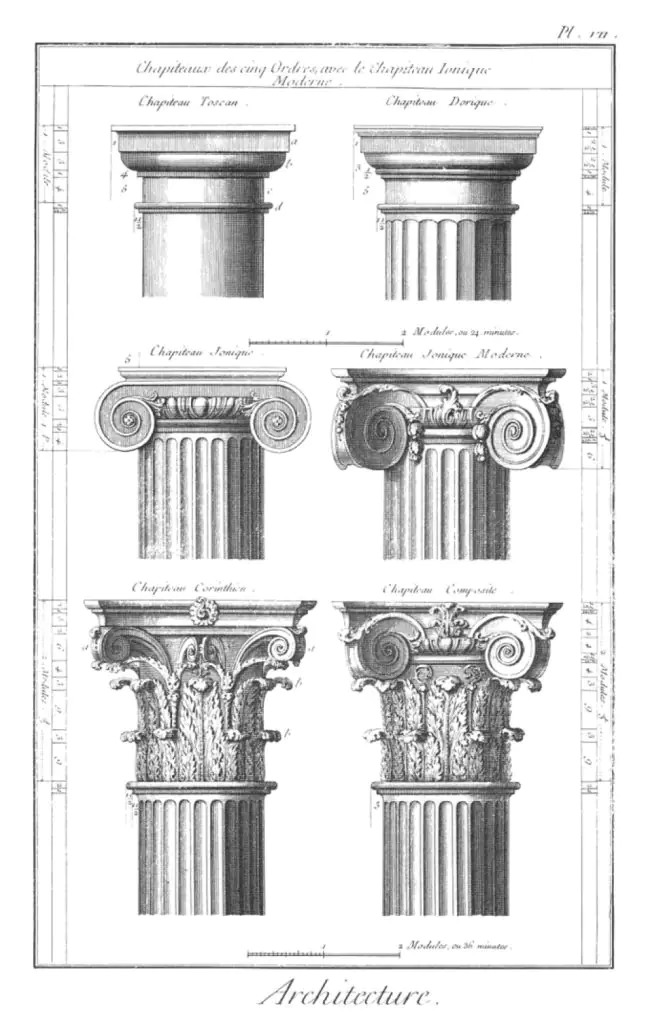
lumenlearning.com
The Importance of Architectural Heritage
- Cultural Identity – Buildings serve as symbols of their time, conveying the spirit of past eras.
- Educational Value – They provide insight into architectural styles and construction techniques of the past.
- Economic Contribution – Heritage sites attract tourists and drive urban development.
- Sustainability – Preservation reduces environmental impact by preventing demolition.
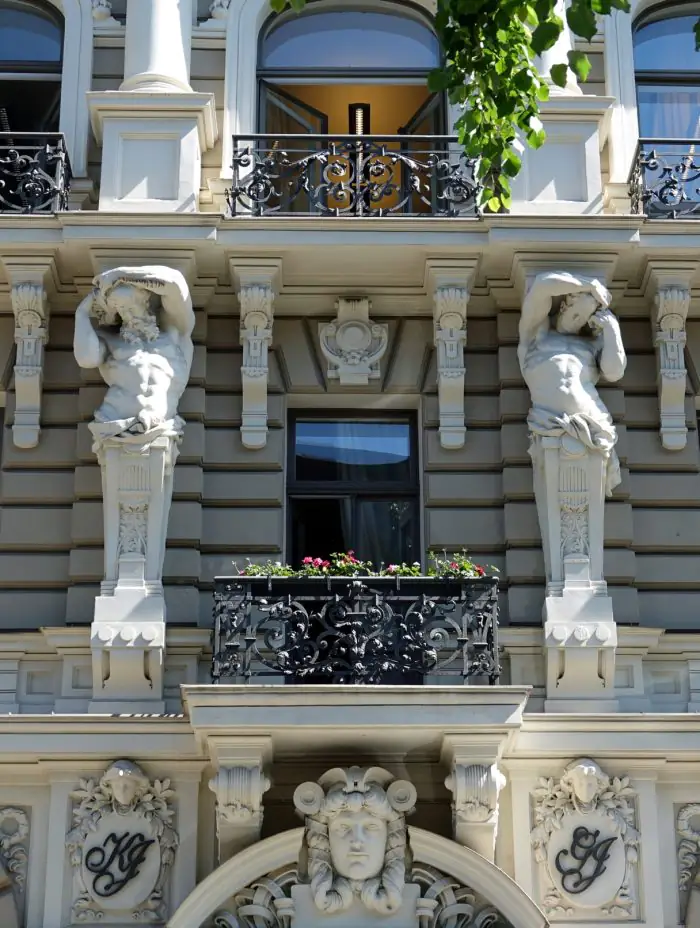
flickr.com/photos/geneward2
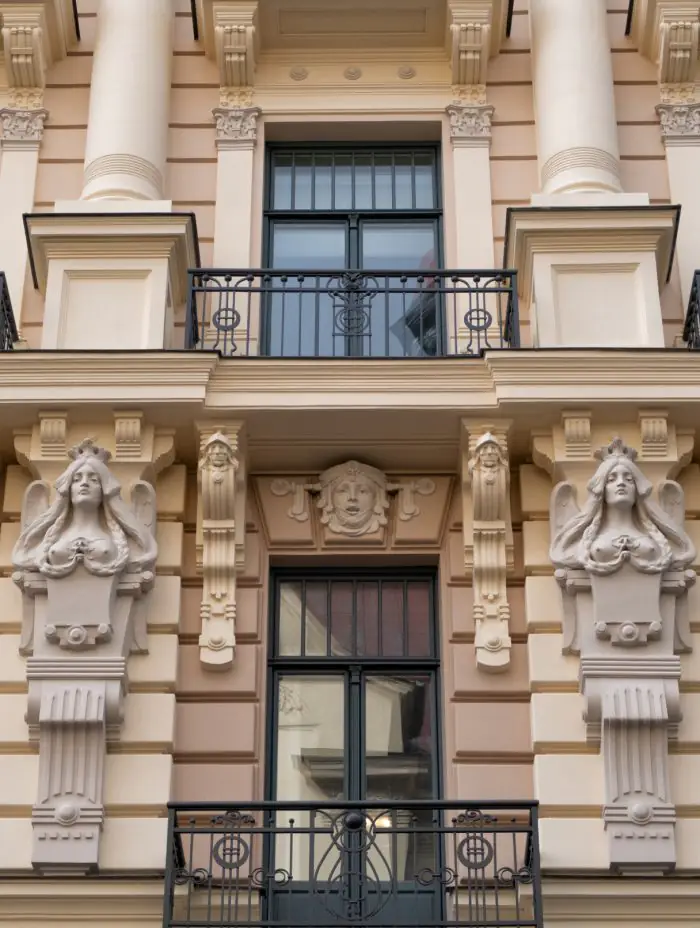
flickr.com/photos/berndkru
Architectural heritage is a bridge between generations, a source of inspiration, and an integral part of the urban landscape. Its protection requires a collaborative effort from experts, authorities, and society to ensure that priceless historical artifacts are passed on to future generations.




